READING WRITING SINCE THE EARLY EARLY FOR CHIL
The introduction of reading in early childhood or kindergarten age is still a polemic.
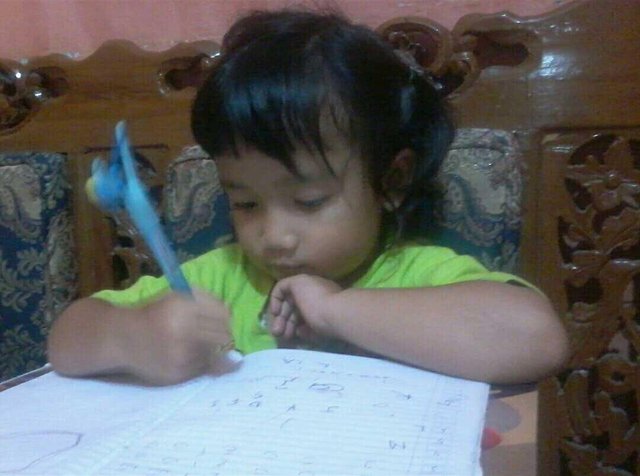
Between theories of child development and the reality in the field are not aligned. Various theories expressed an opinion about the dangers of teaching reading in early childhood. One is Jean Piaget (1896 - 1980) a Swiss philosopher, scientist and developmental psychologist known for his research on children and the theory of cognitive development.
He indirectly affirms that reading lessons are forbidden to be introduced to children under the age of 7. The reason, the age of children under 7 years has not reached a concrete operational phase. That is the phase in which children are thought to be able to think in a structured and real way. While reading activity is said to be an activity that requires structured thinking, so it is not suitable to be introduced in early childhood. She is concerned that the child's mental development will become overwhelmed and the child becomes having a bad experience about learning. As they get older, it becomes a loss of passion to learn.
This theory is very famous in the world of education, especially in the world of early childhood education. But the reality on the field shows the opposite. Not a few early childhood education providers (kindergartens, RA, SPS, KB and the like) who teach reading for their learners. It's not that they do not know about teaching a theory that is not boring to read in childhood, but because the demands of the existing field make sure they must introduce reading to their students.
One fact is elementary school (SD) where their children continue their education indirectly requires students to be able to read and write. This situation is what makes early childhood educators and parents teach children to read early on. This fact does not grow by itself, there are theories of scientists who also support it like Glenn Doman, an American therapist who introduced methods to teach children to read earlier through flash cards.
Durkin (in Nurbiana Dhieni, 2005) has conducted research on the influence of early reading in children. He concluded that there was no negative effect on children who were taught to read early on. And some other supporting theories can introduce reading in early childhood.
Seeing the reality on the ground that indirectly requires children to be able to read and record Islamic history (Muslim writers, then using Islamic historical references) the number of Muslim scientists and leaders who have memorized the Qur'an at an early age. And based on the theory of child development in the present. The authors conclude that teaching reading at an early age can be conducted together within the boundaries, the rules of pre-academic development and based on the basic principles of early childhood education that their place is a playground, socializing and substantial pre-academic developments such as emotional intelligence, spiritual and motor.
So in carrying out the introduction of reading in early childhood there are 5 stages of reading development (MONE 2000: 6-8) to be observed by educators Namely:
1. the stage of fantasy (magical stage)
At this stage the child learns to use the book, beginning to think that the book is important, seeing or flipping books and sometimes bringing criticism. At this stage the parent or teacher can give or show a model / example of the need to read, read something for children, talk about books to children.
2. the stage of self-concept formation (self concept stage)
At this stage the child sees himself as a reader, begins to engage himself in reading, pretending to read a book, giving meaning to a picture or previous experience with a book, and being able to use a book language even though it is not in accordance with his writing. Parents and teachers should provide stimuli or stimuli by reading for children, such as storybooks, writing on milk boxes, food wrappers, toothpaste, etc. And involve the children while reading them. Also give children access to books they know.
3. Stage of reading the image (bridging reading stage)
The child is able to recognize and find words in visible writing, express words that have meaning with himself, repeating the written story and can recognize the writing of words from poetry or song and already familiar with the alphabet.
At this stage the parent or teacher reads something to the child, introduces the vocabulary of both songs and poems,
4. The introduction phase of reading (the stage of reader take-off)
In the fourth stage, the child begins to use three simultaneous graphics, semantic and syntactic signals, at this stage the child is interested in reading, starts to look at the print context, tries to recognize environmental signs and reads various signs such as milk boxes, soft drink bottles, food wrappers and much more.
At this stage parents and teachers still stimulate / read things to children so it can be a motivation for children to always read in various situations. But to be considered, parents or teachers should not force the child to read the letter perfectly.
5. Stage of reading fluently (independent reader stage)
In the fifth stage, children can read various types of books freely. Developing ideas about known signs, experiences and cues, can make an approximation of reading material, materials directly related to the experience will be easily readable by the child.
At this stage parents and teachers keep reading various types of books for children. this can encourage children to improve their reading skills. In addition, parents or teachers help choose appropriate reading and teach a structured story.
STAGE WRITING
Likewise with writing, there are 8 stages that must be in the know by educators in early childhood and parents, namely:
1. Stripping or Scratching Stage (Scrible Stage)
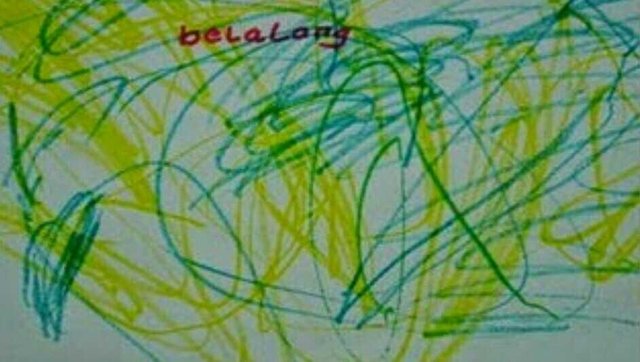
At this stage, the child begins to make a mark by using his stationery. They began to learn about written language and how to write. Children make random lines (irregular), scratches often combined as if the line never came out of paper. Parents and teachers at the write-off stage should provide. types of writing materials such as pencils, markers, books, paper, and crayons. Children consider scratches as writing.
2. Straight Line or Linear Repetitive Stage (Linear Repeat Stage)
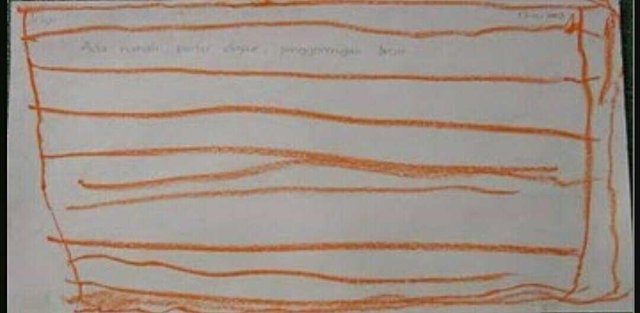
The next stage in writing development is directional strokes or linear repeats. At this stage, the child traces horizontal or horizontal lines of writing. At this stage, the child thinks that the word refers to something large has a long string rather than a word that refers to something small.
3. Writing Stage Random / Random (Random Letter Stage)
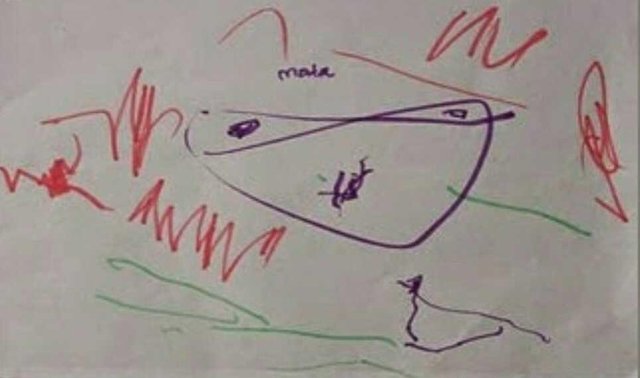
At this stage, the child learns about acceptable forms as writing and uses them all to repeat words and sentences. Children generate lines containing messages that have no connection to sounds from various words.
4. Stage Practice Letters (letter title)
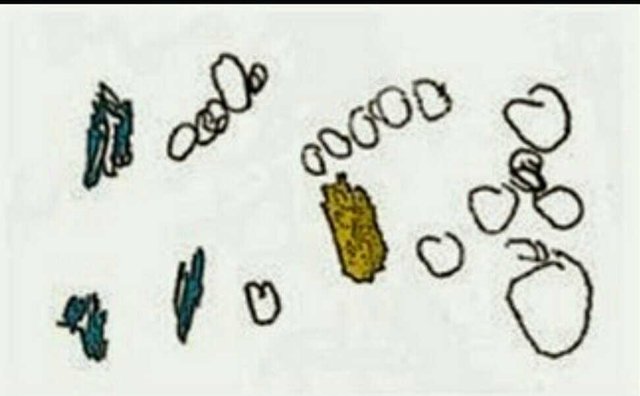
Most children, usually very interested in the letters that make up their own names.
5. Stage Title Name (Letter-name or phonetic writing)
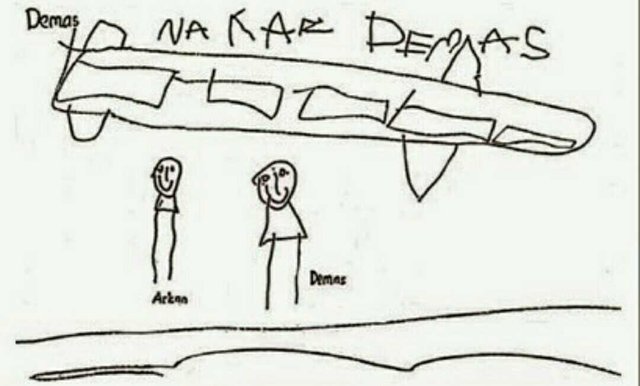
At this stage, children begin to form relationships between writing and speaking. The beginning of this stage is often described as the name of the writing because the children write names and sounds simultaneously. For example they write "you" with the word "u". Children love to write their own short name calls through the samples they see in upper or lower case.
Mastering the vocabulary of the child and his ability to communicate with others will have an impact on the development of his cognitive function. The ability to communicate something like the name of a thing, a person or animal that uses a large and regular vocabulary will reflect the child's thinking ability about it.
6. Phase Copying Existing Words in the Environment
Kids love copying words on wall posters or from their own bags.
7. Find the Spelling Phase
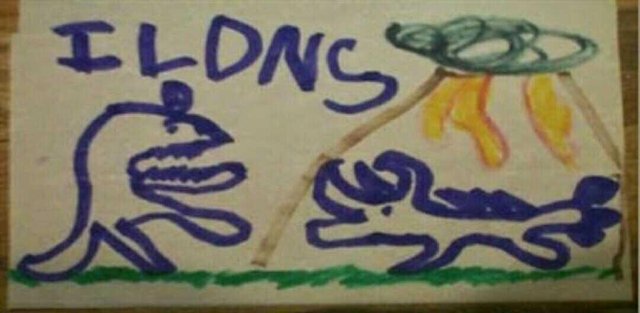
Children aged 5-6 years have used the initial consonant (L for Love). The initial, middle and late consonants to represent letters (DNS) on the word dinosaur.
8. Spelling Stage corresponds to speech
The child can begin to spell words he / she knows according to what he or she hears.
"A child in his childhood desperately needs someone who nurtures and shapes his character, because he will grow and develop according to what is common (instilled by educators) .If a child is always accustomed to irrational and stubborn, impatient and rash, then all these traits will be difficult to change in adulthood, so if a child is fortified, guarded and forbidden to commit any form of evil, he will inevitably avoid his bad qualities, therefore, if adult adults are found, who commit a crime and doing irregularities, then ascertained due to mistakes in early childhood education. "
Avoid teaching reading and writing by drilling / being forced / overly prioritized as children over 7 years of age / elementary school age.
Hopefully this article useful for those who want to take advantage.
Breaking: https://steemit.com/news/@bible.com/6h36cq